Are You Sure You Should Apply to
America’s top 15 private universities
The most accurate admissions calculator
Explore America’s Top 15 Universities
Transparency in Admissions Inc. offers the most accurate online admissions calculator to America’s most
prestigious universities.

Brown University
Providence
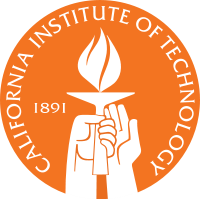
California Institute of Technology
United States

Cornell University
New York

Columbia University
New York
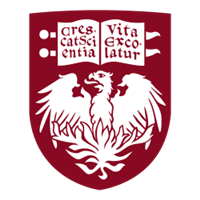
University of Chicago
Chicago
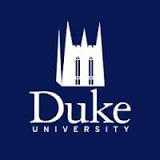
Duke University
Durham

Dartmouth University
United States

Harvard University
United States
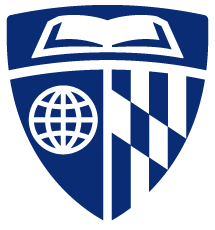
Johns Hopkins University
United States

MIT University
United States
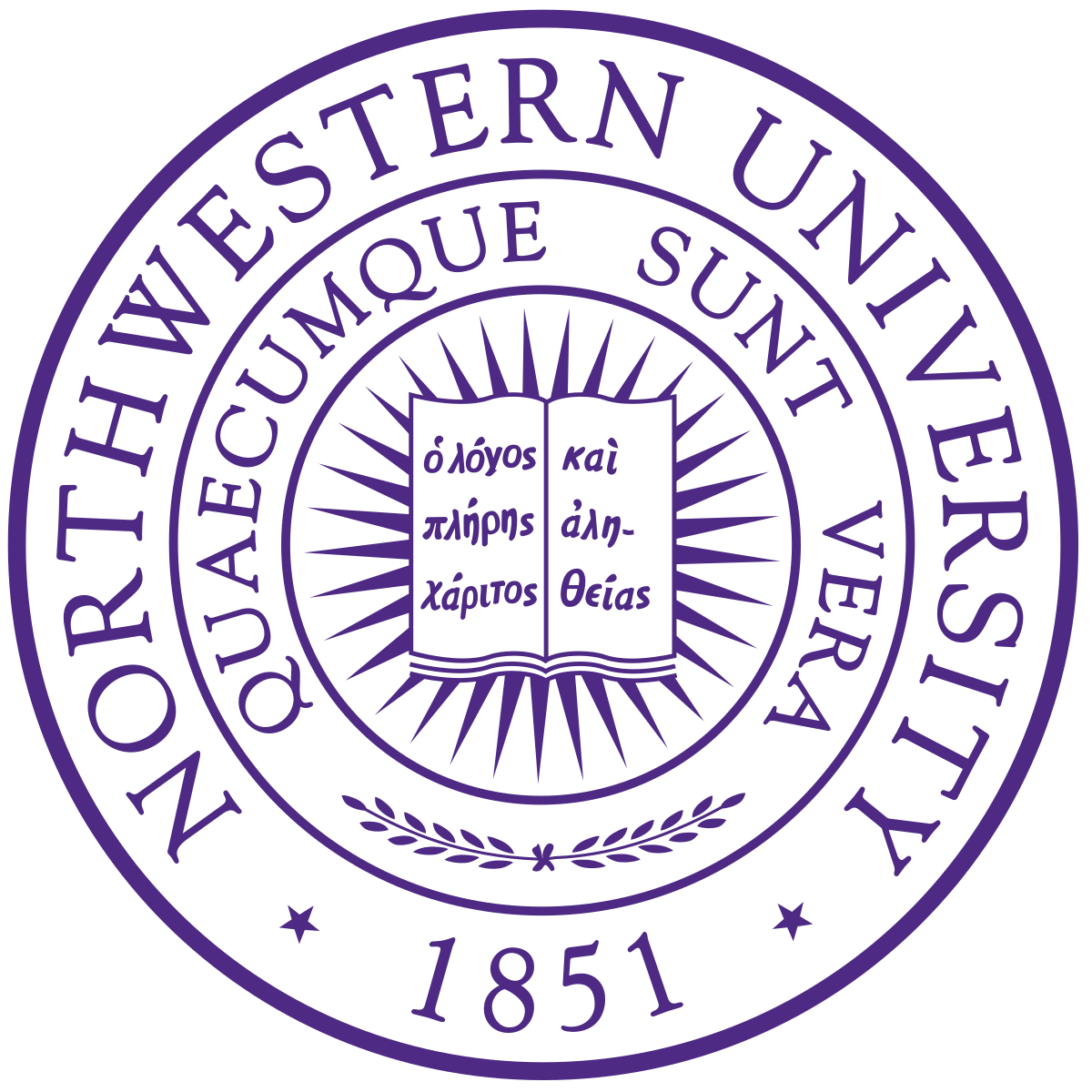
Northwestern University
United States

Princeton University
New Jersey
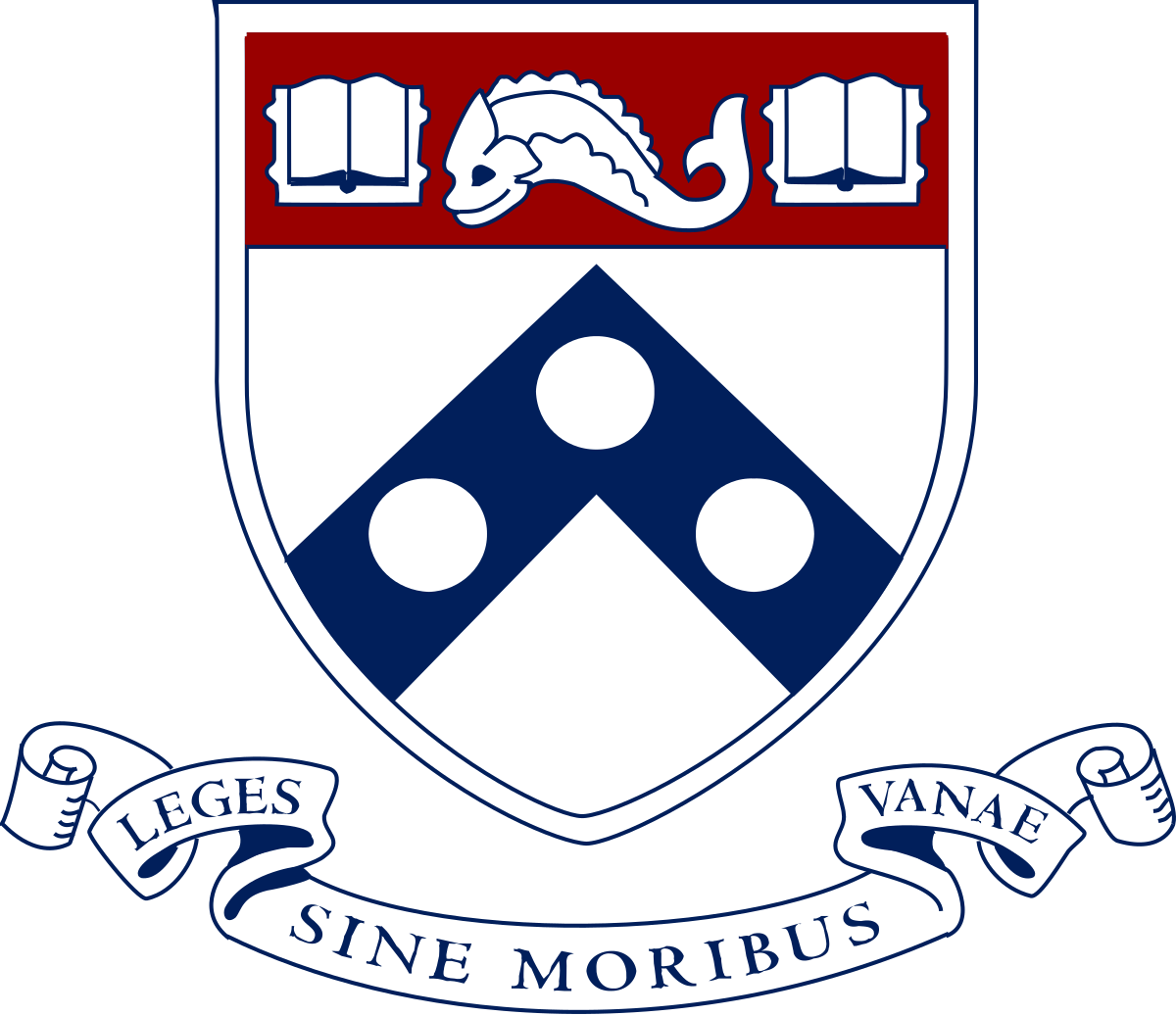
University of Pennsylvania
Philadelphia
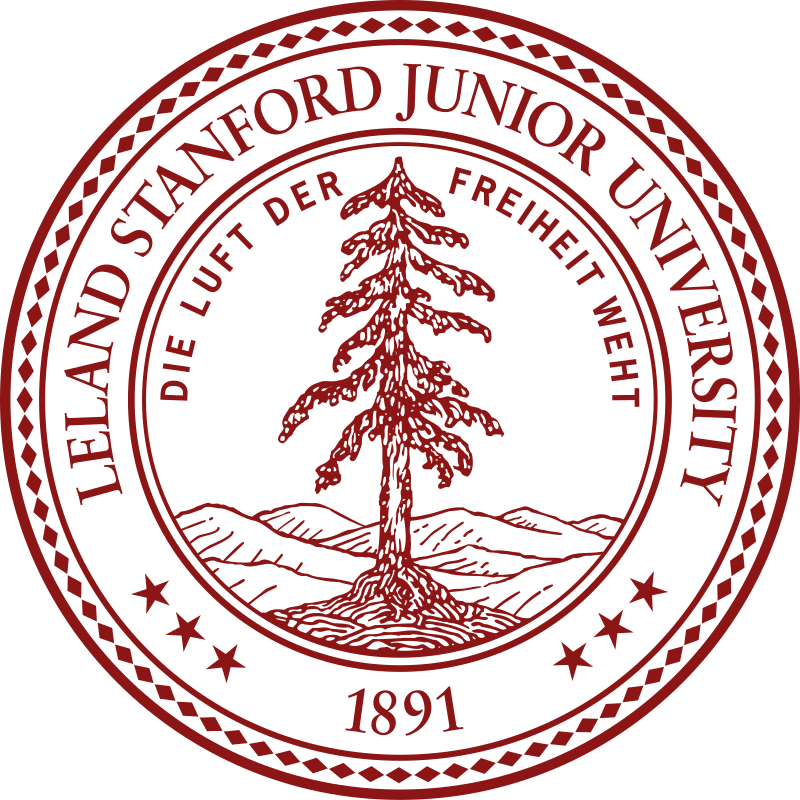
Stanford University
United States

Yale University
New Heaven
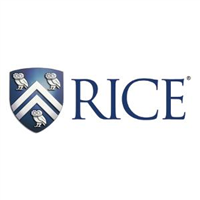
Rice University
A selective school, fewer than 11% of applicants are accepted into Rice. The school has 11 residential colleges and eight schools of academic study. Rice University was established in 1912 and named after William Marsh Rice. He had requested a free-tuition educational institute be opened after his death. Today, about 4,000 undergraduate and 3,500 graduate students attend.
Is your calculator 100% accurate?
Why have you limited your results to the top 15 private universities?
What are the key criteria for acceptance to the top 15 private universities?
The Educational Industrial Complex has long led us to believe that GPA and test scores are the critical criterion to admissions success. This is not the case for the great majority of America’s top 15. GPA and test scores are used as thresholds to qualify applicants for consideration. Schools are not comparing one candidate’s GPA + test score against another candidate. That would be unwieldy.
Perfect scores and GPA don’t necessarily put you in the top academic rating. That is usually reserved for those who have some extraordinary intellectual achievement beyond grades and test scores, such as helping identify a DNA marker for a disease. Also, applicants falling into a preferred group have more latitude relative to academic performance than those who are not preferred. For example, a recruited athlete can demonstrate lower academic achievement and have a much greater chance of admission than other applicants.
Extracurricular activities can have a substantial impact. However, again, the top tier is limited to those whose activity has had huge impacts on a national or sector level. Think the young people who turned the tragic school massacre into a national student movement for gun control. The secondary category is reserved for class presidents, editors of school papers, or students leading organizations having regionally or locally recognized impacts.
Per the above, it is clear that applicants from non-preferred groups can generally do little to secure admissions to these top 15 universities. Non-preferred applicants who do make it in are often cherry picked for a particular attribute. It may be a particular school program needs more students so those applicants expressing interest in that program are moved to the front of the line. One may get selected because s/he plays an instrument that the school marching band needs.


